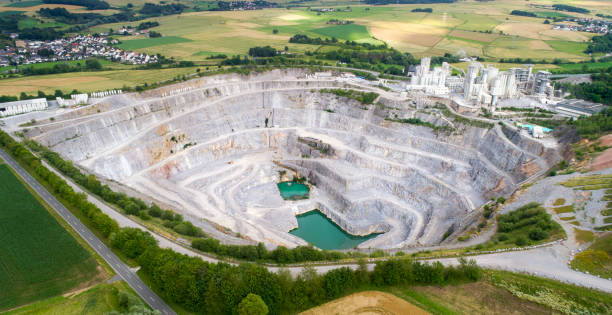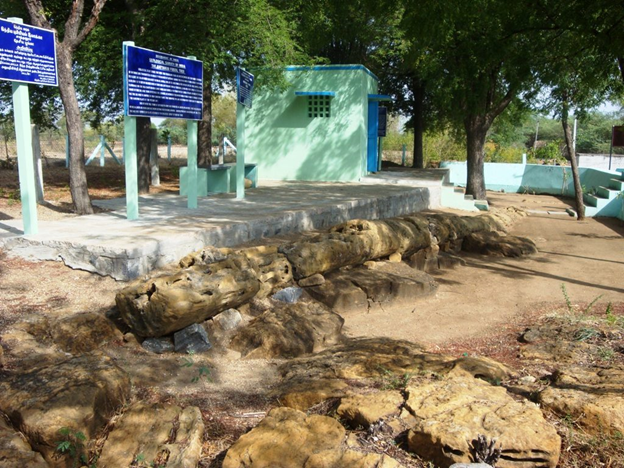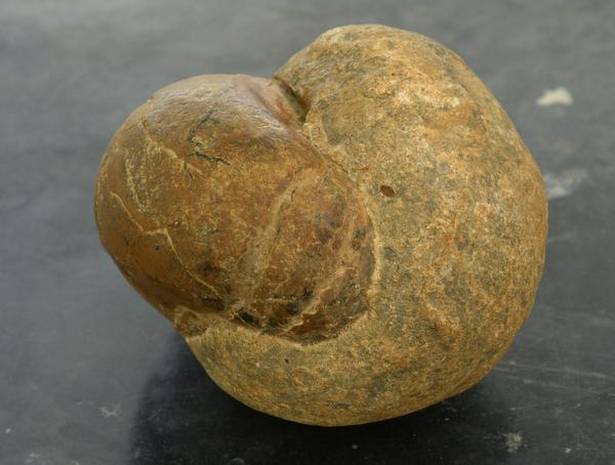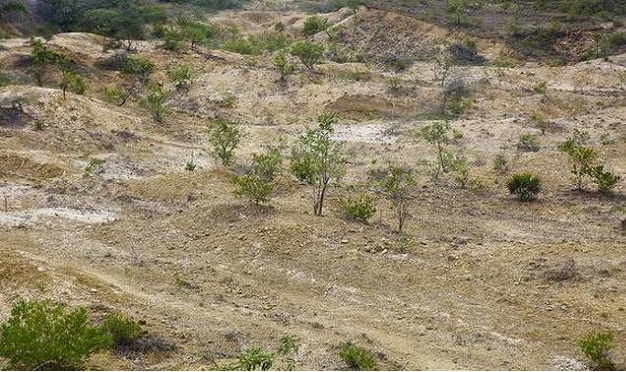Popular Clients
We’ve 1520+ Global Premium Clients









Geological study shows that more than 120,000,000 years ago, the sea (which lies today about 100 k.m. East of Sathanur) had transgressed as far as 8 to 10 km West of Sathanur. During this period which is Geologically known as the cretaceous, the sea abounded in a variety of marine animals similar to those found in the present day sea. These animals, after death, sank to the bottom and were buried by sand and clay brought down by the rivers. Along with them some of the trees which flourished on the seacoast or near shore were also buried after transport by flooded streams and were petrified in course of time.
The large trunk of petrified tree, which can be seen here, lies within the Trichirappalli group of rocks of about 100,000,000 years ago. This tree shows the presence of Conifers (The non flowering plants) that dominated the land vegetation prior to the advent of Angiospems (the flowering plants of the present day).
The petrified tree trunk at Sathanur measures over 18 meters in length. Similar fossil trees measuring a few meters in length are found along the stream sections near Varagur, Anaipadi, Alundalipur and Saradamangalam. Dr.M.S.Krishnan of the Geological Survey of India first reported this fossil tree in 1940.
An educational center, including a museum and a children’s park exists at the National Fossil Wood Park at Sathanur. Named as Sathanur Petrified Tree Educational Center, this would provide information and also raise awareness among visitors on the importance of the fossil tree at the site and the region as well. The Education Center constructed as part of the project includes four halls with illustrations on the solar system, origin of earth, big bang theory, origin of life and evolution and the petrified tree. Fossils collected in the region have been displayed in the museum.

